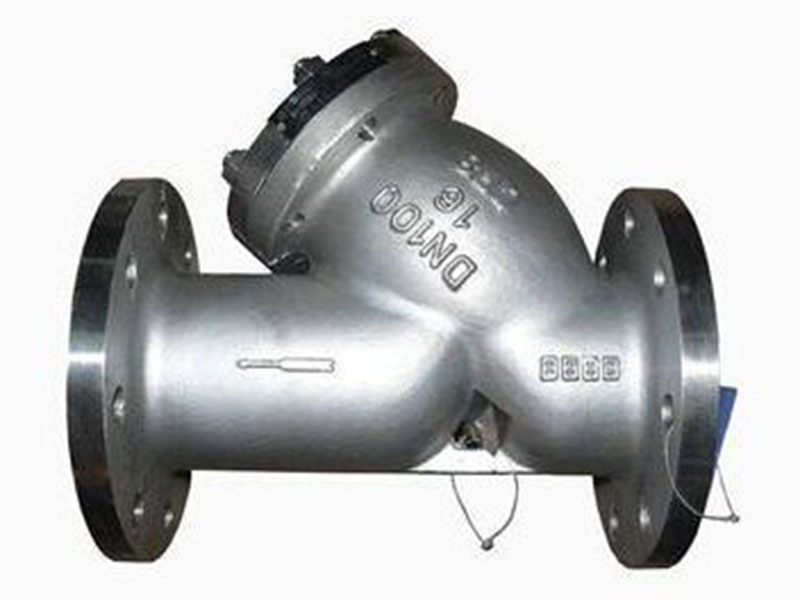Source: Pinterest
Y strainers use a perforated or welded wire strainer to filter out particles. They are most commonly seen in pressured lines carrying steam, gas, or liquid. While Y strainers are most commonly put horizontally, they can also be positioned vertically. Knowing wherein the conduit the strainer should be positioned, trying to ensure there’s room for screen extraction during cleanouts, and, most essential, aligning the direction on the strainer with the piping flow are all part of ensuring appropriate vertical assembly of Y strainers.
If you want to place your Y-strainer vertically, keep in mind that vertical Y filters should be used with pipelines that flow downward, enabling debris to flow smoothly into the pocket. There is a good likelihood that debris will flow back into the pipe if they are positioned in an upwards flow.
Correctly handling strainer operation, installation, and maintenance helps guarantee that your equipment continues to function well for many years. Installation, operation, and repair of y strainers are covered in the sections beneath.
What Exactly Is A Y-Type Strainer?
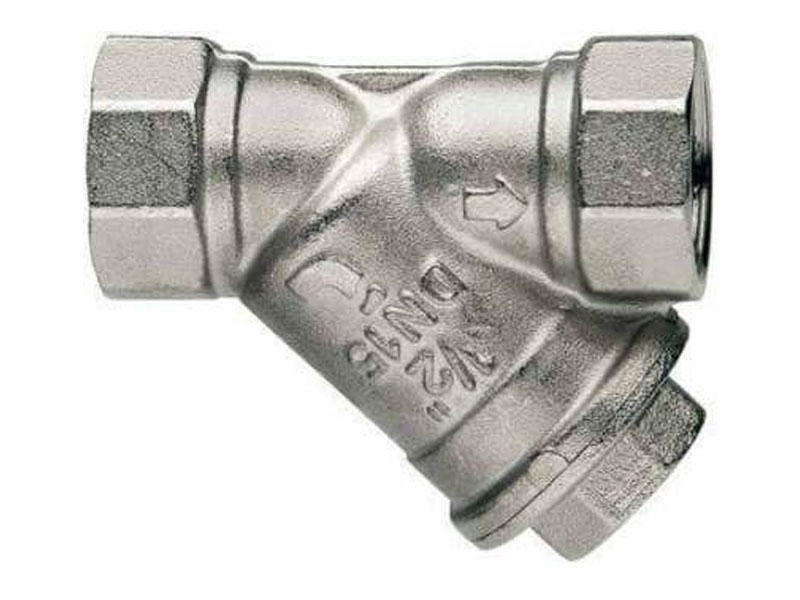
Source: Pinterest
Y-type filters are typically employed in liquid systems to protect downstream gear from particulate matter such as dirt, which might otherwise degrade operation if left untreated. The majority of Y-type commercial strainers are also suited for use in steam, argon gas, or air operations.
While Y-type filters can be customized to fit specific application requirements, the vast majority of Y-strainers are not. Y-type strainers are available in sizes ranging from 1/4′′ to 10′′ and are built of a variety of materials such as cast steel and iron, bronze, and AISI alloy steels. They also include a screwed or bolted lid for screen access and to ensure that process liquid is fully drained when the container is reopened.
When large amounts of debris are expected, a blowdown valve is usually put in the strainer cap, allowing the strainer to be cleaned using the pressure of the water.
Pre-Installation Procedures
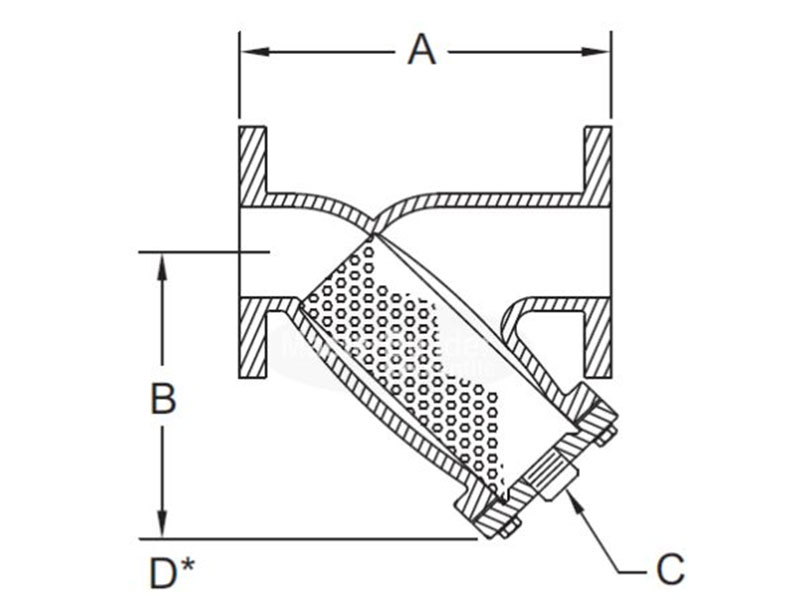
Source: Pinterest
Before you attach your Y strainer, either vertically or horizontally, you should double-check a few items. You must confirm that everything is in functioning order and that the equipment is within the strainer’s capability (i.e. ensure that the rating of the pressure in the Y strainer is equivalent or able to sustain the system). According to the media in your system, you may also need to ensure that the material is chemically stable.
You should examine all of the seals on the filters and pipe to ensure they are free of flaws. In addition, the pipeline should be checked for correct alignment. The pipe must be upright and not at an incline if the end connectors are bonded or threaded. Making sure the flanges on the pipeline to which the Y strainer is attached are square eliminates unnecessary stress on the equipment.
During constant operation, two adjacent sets of Y-type filtration systems for the permanent Y-type sieve must be fitted, and a shut-off valve must be provided before and after the Y-type filter In conjunction with the factors listed above, when fitting a large-diameter connector Y-type strainer, consider whether the Y-type strainer cover is non-metallic. If it is a non-metallic substance, it is easily harmed as a result of overheating, hence To shorten the welding duration, the Y-type strainer should be promptly cooled once it has been welded.
How To Install a Y Strainer In a Vertical Placement
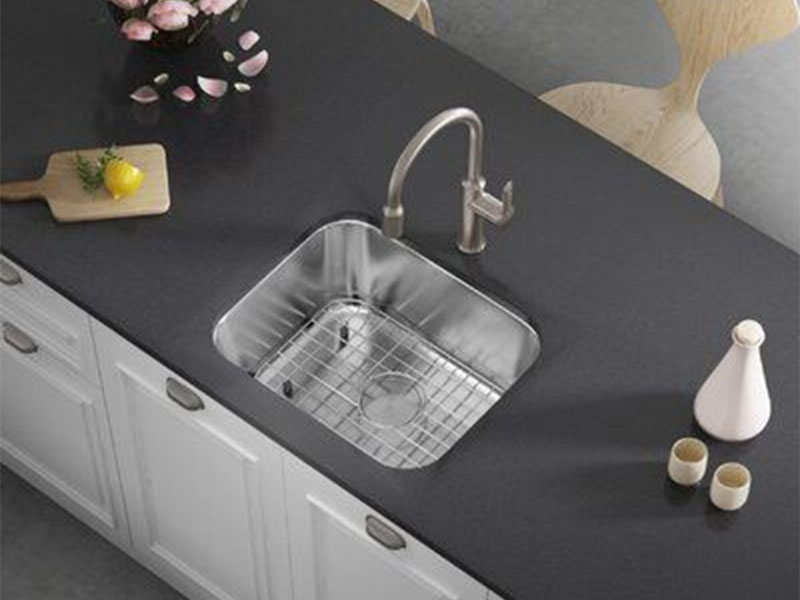
Source: Pinterest
Mounting a Y strainer (such as this one) is simple, but you must ensure that everything is properly positioned and facing the correct way.
Step 1: Install the downflow valve (if needed) at the blow-off connector in step one.
Step 2: Install a flow meter at the intake and output to guarantee optimal efficiency.
Step 3: Place the Y strainer in the pipe ahead of any devices that require safety. For instance, if the pump has to be protected, the Y strainer should be installed on the discharge side of the pump.
Step 4: Support the old pipeline with structural loads near the outlet and inlet connections before installing the Y strainer.
Step 5: The strainer’s wye end must be oriented downward. Make sure there is enough room on the strainer’s wye edge for screen extraction.
Step 6: Insert the Y strainer into the mainline, making sure that the flow indicator on the Y strainer’s body points in the path of the pipes flow.
This holds for both horizontal and vertical setups. Pipe reinforcements are recommended for the piping surrounding the inner and outer interconnections when installing a big y strainer. This helps to prevent further breaking. Because each y strainer is unique, be sure to completely read the installation documentation to make sure that the system is properly installed.
Installation Methods: Vertical vs. Horizontal
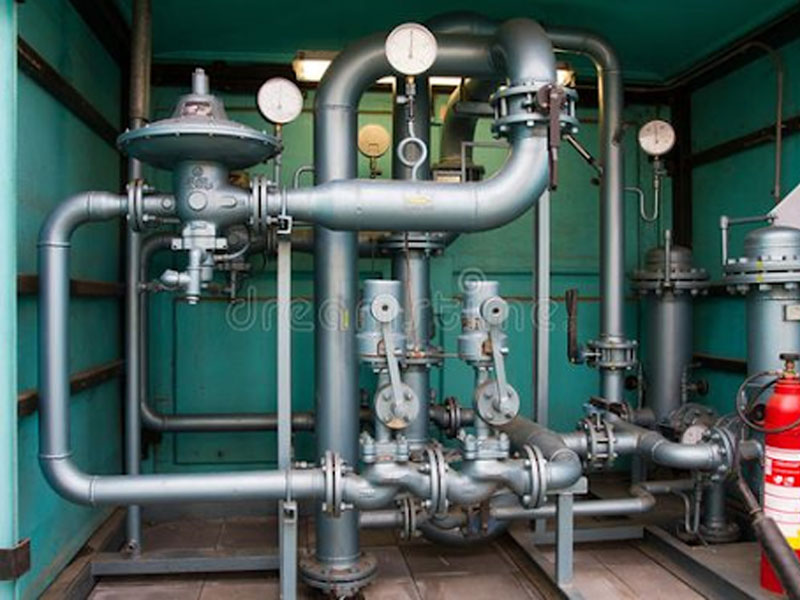
Source: Pinterest
The alignment of your Y strainer will be determined by the material passing through it. It is better if your strainer is horizontally in steam or gas pipes. This prevents water from pooling inside the pocket, hence preventing erosion. If the media flowing through is fluid, it may be advantageous to install your Y strainer vertically in the pipeline, as long as the pipe permits. This stops the debris from being sucked back into the fluid flow.
Operation

Source: Pinterest
Y strainers are designed to work in a range of industries. This sort of strainer benefits a variety of sectors, including cosmetics, petroleum, and food. Their main function is to remove particles from liquids and gases using their y-shaped leg. This strainer links to the main pipe and filters out undesired items in the passage. The mesh straining device within this leg collects particles and debris until it is cleaned. the strainer
Blow-off valves are sometimes included with y strainers. This automatic technique makes cleaning much easier. The use of a blow-off valve considerably reduces the requirement for human effort.
Maintenance
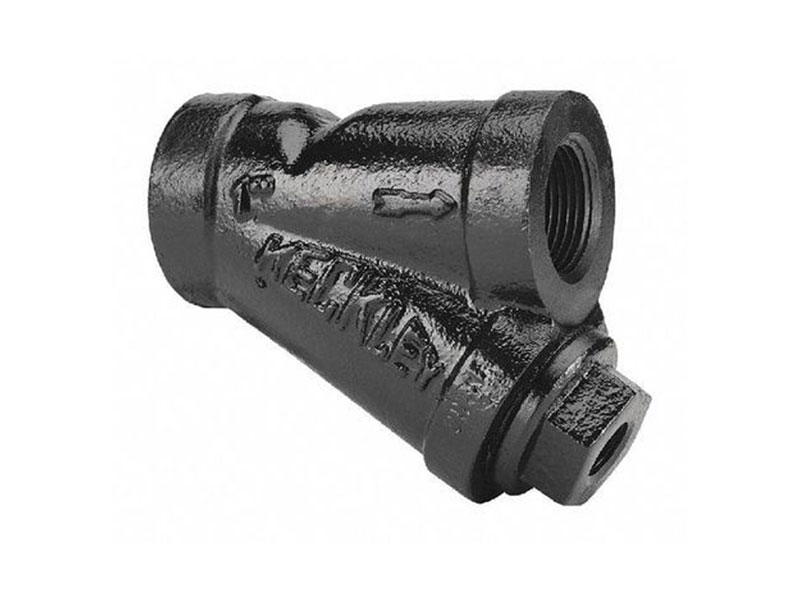
Source: Pinterest
Y strainers, when correctly built, require very little maintenance. However, it is critical to monitor the pressure to ensure that the equipment does not become overly full. This would cause the screen to crack and necessitate its replacement. If the screen fails, it has the potential to harm the entire system, which could rapidly become a very expensive problem. The filter is easily accessible, resulting in an overall straightforward cleaning operation. Before beginning to clean and release pressure, remember to disconnect the valve connections on each side of the sieve. Empty the undesirable items and rubbish from there. Finally, wash and reinstall the mesh filter.
How to Make Your Conduit Last Longer
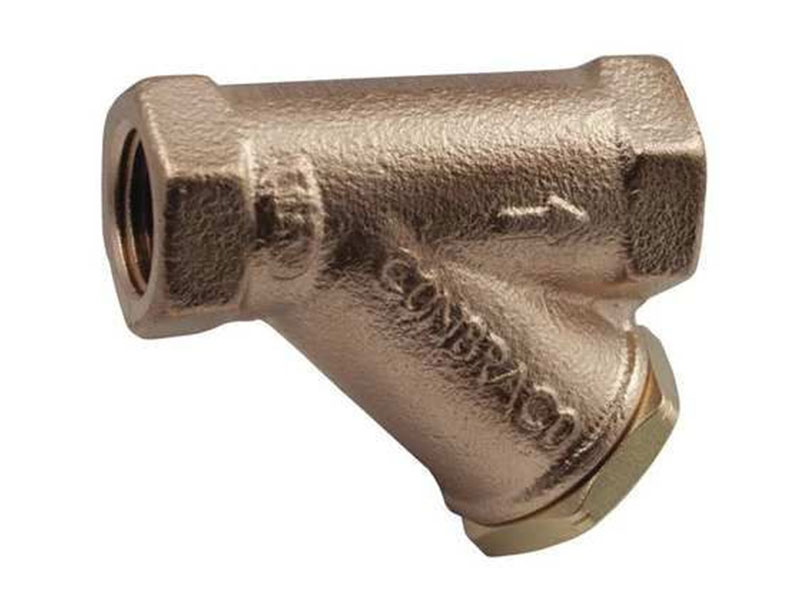
Source: Pinterest
Understanding the device is the first step in extending the life of a y-strainer. The dependability and flexibility that characterize y strainers are dependent on the right care and maintenance that this equipment necessitates. Because they may be mounted horizontal or vertical, Y strainers are an excellent complement to many plumbing systems. Add to add the fact that they can convey steam, gas, or liquid, and they make a superb strainer. Making certain that your strainer is properly positioned inside the pipe system and facing the right direction can extend the life of your sieve and, as a result, your overall system.
Conclusion
We believe this post has helped you understand better the Y strainer’s distinctive properties and how to operate this specialist device. If you have any concerns concerning the Y-strainers we provide at Xhval, as well as their installation, functioning, and maintenance, please contact us right away!

